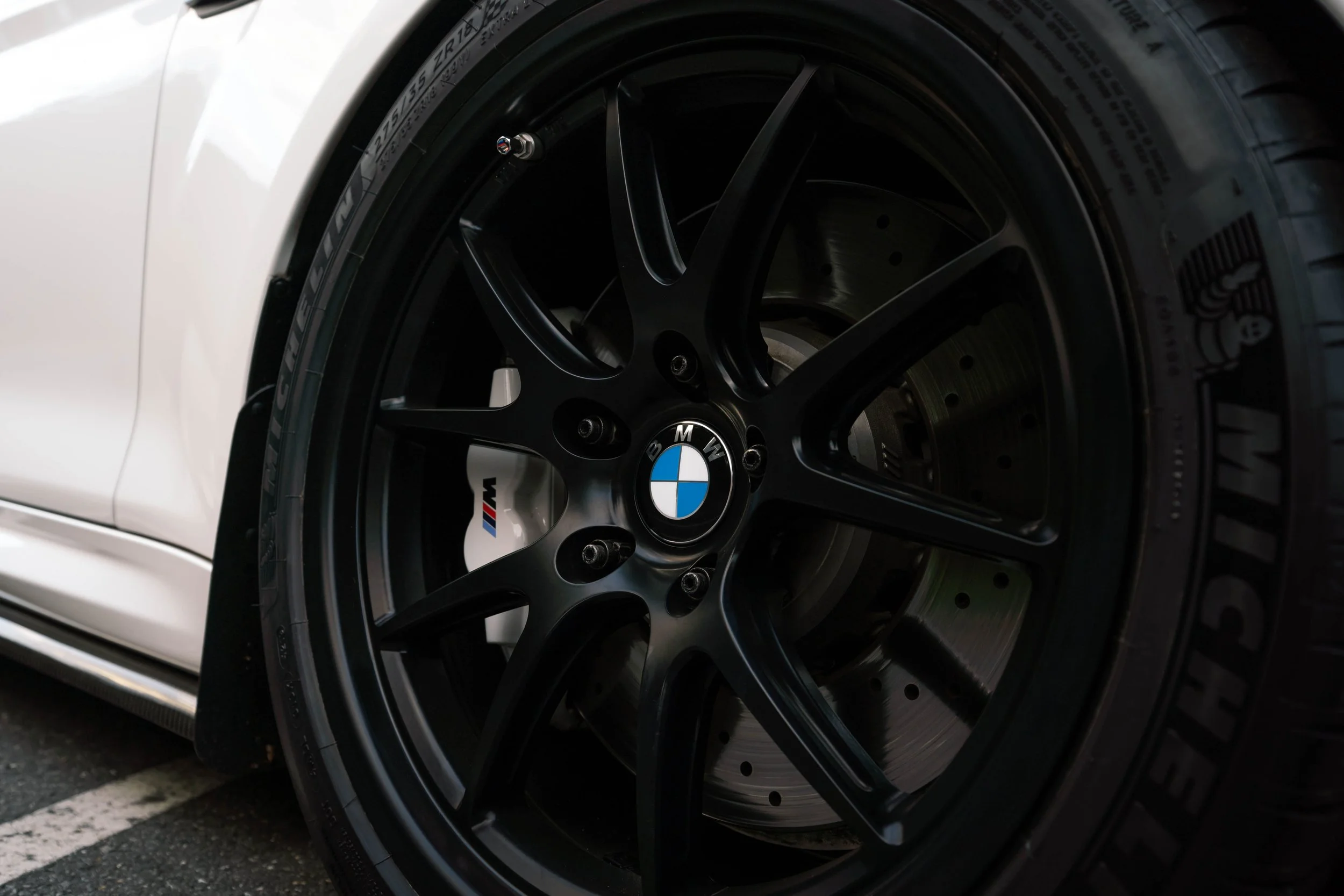A Step-by-Step Guide: Installing a BMW Stud Conversion Kit
Whether you're an automotive enthusiast or a seasoned DIYer, upgrading your BMW's wheels is an exciting and popular modification. One essential component that can enhance the performance and aesthetics of your vehicle is a stud conversion kit. This kit allows you to replace the traditional wheel bolts with sturdy studs, offering improved wheel changing convenience and increased safety. In this blog post, we will guide you through the process of installing a BMW stud conversion kit, empowering you to take your wheel upgrades to the next level.
Tools and Materials Needed:
1. BMW stud conversion kit (compatible with your BMW model)
2. Jack and jack stands
3. Lug wrench
4. Torque wrench
5. Socket set
6. Thread-locking compound
7. Wire brush or sandpaper
8. Cleaning solvent
9. Rags
10. Safety glasses
11. Wheel chocks
Step 1: Preparing the Vehicle
Before you begin, ensure that your BMW is parked on a level surface and the parking brake is engaged. Place wheel chocks on the opposite end of the vehicle to prevent it from rolling.
Step 2: Lifting the Vehicle
Using a jack, carefully raise the side of the vehicle where you plan to install the stud conversion kit. Once the vehicle is lifted, secure it in place with jack stands for added safety.
Step 3: Removing the Wheels
Using a lug wrench, loosen the lug nuts on the wheels you are working on. Once loosened, fully remove the lug nuts and carefully take off the wheels from the vehicle.
Step 4: Preparing the Wheel Hubs
Inspect the wheel hub threads for any dirt, rust, or debris. Clean the threads using a wire brush or sandpaper, and wipe away any residue using a rag and cleaning solvent. Ensure that the hub is dry and free of any contaminants.
Step 5: Installing the Studs
Take the studs from the conversion kit and apply a small amount of thread-locking compound to the base of each stud. Insert the studs into the wheel hub, ensuring they are threaded in securely. Hand-tighten the studs as much as possible.
Step 6: Torquing the Studs
Using a torque wrench, tighten the studs to the manufacturer's recommended torque specification. It's important to follow the torque settings provided by the stud conversion kit manufacturer or your BMW's specifications. This step ensures proper installation and prevents any issues caused by over or under tightening.
Step 7: Mounting the Wheels
Carefully position the wheel onto the studs, aligning the holes of the wheel with the studs. Once properly aligned, hand-tighten the lug nuts onto the studs. It's important to note that stud conversion kits typically use open-ended lug nuts specifically designed for this purpose.
Step 8: Torquing the Lug Nuts
Using a torque wrench, gradually tighten the lug nuts in a star or cross pattern to the recommended torque specification. This helps to evenly distribute the force and ensures a secure fit. Be cautious not to overtighten the lug nuts, as it can lead to damaged studs or stripped threads.
Step 9: Lowering the Vehicle
Lower the vehicle slowly using the jack until it rests securely on the ground. Remove the jack stands and repeat the process for the remaining wheels.
By following this step-by-step guide, you can confidently install a stud conversion kit on your BMW, elevating both the functionality and appearance of your wheels. Remember, safety is paramount throughout the installation process, so exercise caution and adhere to proper torque specifications. With your newly installed stud conversion kit, you'll be able to enjoy hassle-free wheel changes and a customized look that reflects your unique style. Happy

